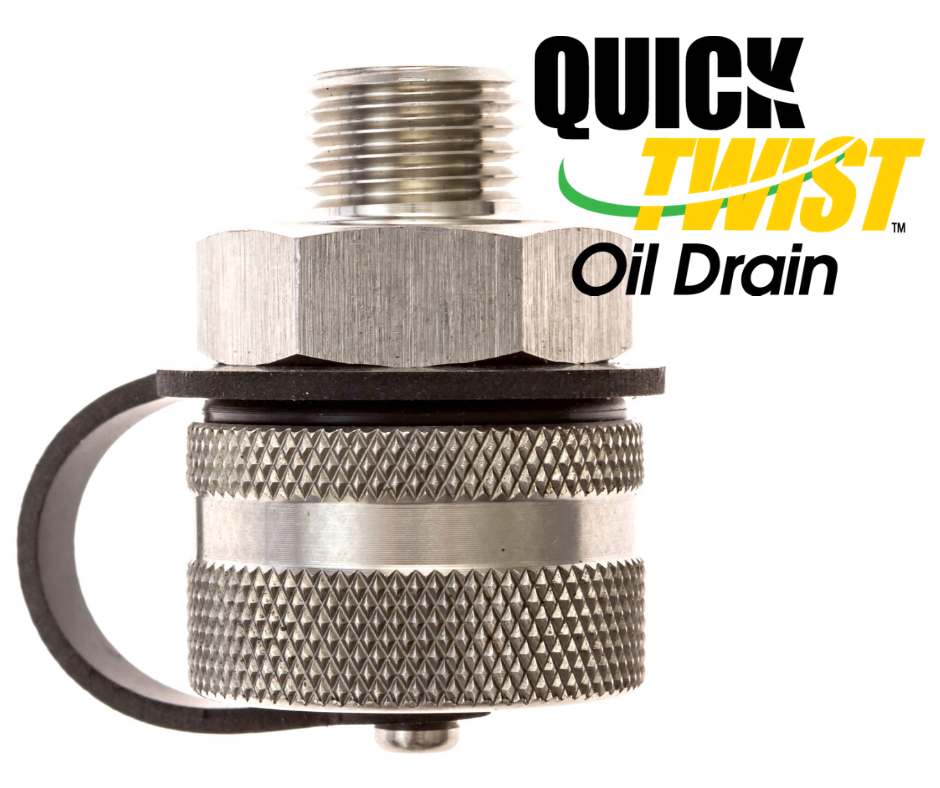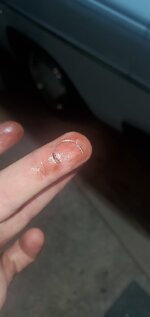Did an oil change in the trusty 06 Accord last night and I had a noticeable amount of what looked like 24k gold slivers (brass) in the oil. No chunks. They were very skinny but a bit long, some were about 2mm, the thickness of a Nickle. They were not magnetic. I know everyone loves pictures but I just could not get my phone to take a good enough one. I'm considering running the used oil through a PPG paint filter to see what I catch. I had a Fram Ultra filter on there, I would think it would do a good job collecting particles this size. The Fram is still on the car since I usually change the oil around 6000 miles and go 2 changes per filter change. I have a filter-cutting tool in my cart on Amazon, if anyone has one they like, let me know. And if anyone knows what is likely producing brass in a J series Honda V6, I'm curious. The car is babied until thoroughly warmed up. But it does see WOT more than most I'm sure.
I'm not blaming oil but for anecdotal info, I drained out Castrol Magnatec 10w30. It looked and smelled good, didn't burn a drop. But this was the first time the car ever had Castrol in it. The many changes have been with Pennzoil Platinum 10w30 or Mobil 0w30AFE (winter runs). (I have a ton of 10w30s from prior clearance buys). From a prior UOA, I know this 3.0 V6 produces a good bit of fuel dilution and threw higher wear metals running M1 5w20.
To pile on, when undoing the oil pan bolt, which was not overtightened, the outermost thread on the pan came off. This oil pan was abused by a dealer or someone early in its life. We've had it since it had about 28000 miles and the oil pan bolt threads have always felt tweaked. It has tight and loose spots as you untighten or tighten the drain plug.
I the next time I change the oil I will probably put a Fumoto valve in there so I don't keep taxing the threads.
I'm not blaming oil but for anecdotal info, I drained out Castrol Magnatec 10w30. It looked and smelled good, didn't burn a drop. But this was the first time the car ever had Castrol in it. The many changes have been with Pennzoil Platinum 10w30 or Mobil 0w30AFE (winter runs). (I have a ton of 10w30s from prior clearance buys). From a prior UOA, I know this 3.0 V6 produces a good bit of fuel dilution and threw higher wear metals running M1 5w20.
To pile on, when undoing the oil pan bolt, which was not overtightened, the outermost thread on the pan came off. This oil pan was abused by a dealer or someone early in its life. We've had it since it had about 28000 miles and the oil pan bolt threads have always felt tweaked. It has tight and loose spots as you untighten or tighten the drain plug.
I the next time I change the oil I will probably put a Fumoto valve in there so I don't keep taxing the threads.


